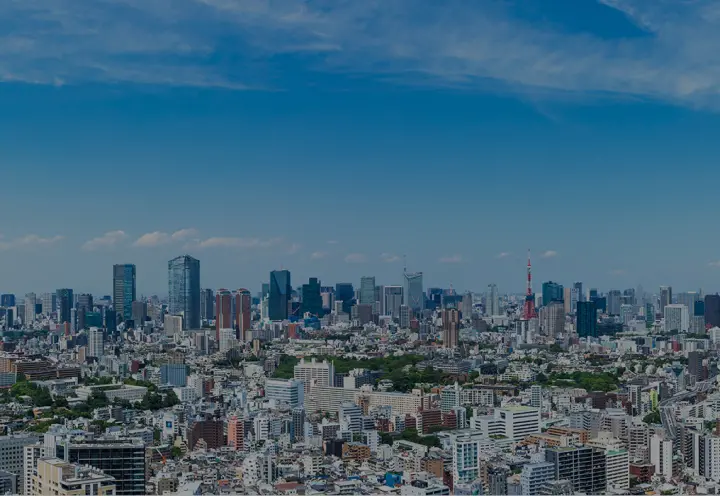Our daily lives are filled with a variety of sounds. The loudness of sound is expressed as a numerical value called the "noise level.
This trivia section will explain the basic concept of noise levels and provide an easy-to-understand guide to the sounds we often hear in our daily lives.
What is Noise?
Noise is considered to be a general term for sounds that are undesirable to some people and sounds that they would prefer to be absent.
Noise problems caused by business and human activities are defined by the government as a form of pollution, and include factory noise, construction noise, road traffic noise, aircraft noise, and railroad noise. The law also sets standards.
However, there are many cases that do not fit into the law, making this issue more difficult.
As a characteristic of the noise problem,
- The definition is vague and its judgment is subjective.
- Problems are localized and multiple.
- Leaves no environmentally polluting materials to be processed.
Noise Level
Generally, noise evaluation is expressed in terms of noise level (dB). This is a value obtained by weighting the sound pressure level (dB), a physical quantity, by a frequency correction characteristic called the A characteristic, which is considered to be close to human hearing characteristics, and is sometimes called the A characteristic sound pressure level.
Figure 1 shows the frequency response characteristics of the A characteristic and the flat characteristic (sound pressure level).

Approximate noise level
Table 1 Noise level guidelines
| Noise level (dB) | Assumed location |
| 80~90 | Inside pachinko parlors and game arcades |
| 70~80 | In airplanes, on trains, around major highways, cicadas |
| 60~70 | Shinkansen bullet trains, buses, coffee shops, family restaurants |
| 50~60 | Around bank counters, in museums, around government office counters, in bookstores |
| 40~50 | High-rise residential area (daytime), quiet office, cemetery (daytime), in museum, detached residential area (daytime), in library |
| 30~40 | High-rise residential area (at night), detached residential area (at night), hotel rooms |
References
New Pollution Prevention Techniques and Laws 2025 Noise and Vibration Edition Pollution Prevention Techniques and Laws Editorial Board
